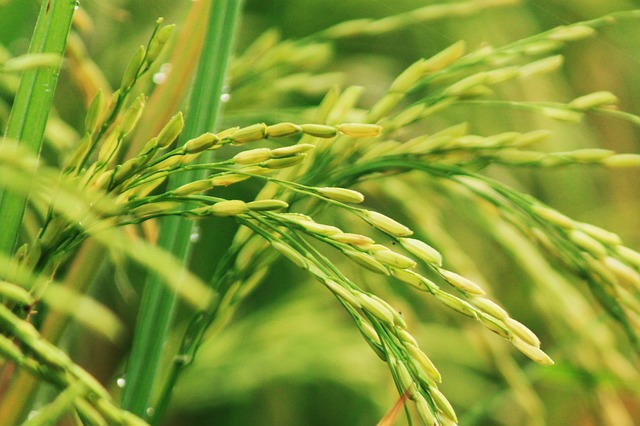
Cluster of Excellence on Plant Sciences CEPLAS cooperates with partners from Beijing to develop new basic knowledge on nutrient signalling pathways
In the future, a newly discovered mechanism in control of plant nutrition could help to achieve higher harvests in a sustainable way. Scientists from Institute of Genetics and Developmental Biology, Chinese Academy of Sciences, Beijing (China) discovered this mechanism in their research on Asian rice in collaboration with Professor Dr Stanislav Kopriva from the University of Cologne’s Botanical Institute and the Cluster of Excellence CEPLAS. The balance between nitrogen (N) and phosphorus (P) is decisive for crop yield. Both nutrients, which the plant absorbs from the soil through its roots, interact more strongly with each other than previously known. The study ‘Nitrate-NRT1.1B-SPX4 cascade integrates nitrogen and phosphorus signalling networks in plants’ has now appeared in the journal ‘Nature Plants’.
Kopriva said: ‘For healthy and optimal growth, all living beings need a good balance of minerals. However, we know very little about how plants achieve this balance.’ His colleagues in Beijing had observed that the addition of phosphate only had a positive effect on plant growth and yield if a sufficient amount of nitrogen was also available in the soil. ‘Together, we have now discovered the mechanism by which nitrogen controls the absorption of phosphate’, Kopriva remarked.
A detailed analysis at the molecular level revealed an entire signalling chain that the plant sets in motion – from the sensor that recognizes nitrate quantities to factors that enable the synthesis of the so-called transporters that carry the phosphate into the plant. Kopriva explained: ‘Although most of the components were already known individually, it was only through this work that they were brought together into a signalling pathway. This gives us a completely new understanding of how to control plant nutrition. In addition, it enables specific manipulations to either couple the uptake of both nutrients more closely or to separate them from each other – depending on how nutrient-rich the soil on which the rice grows is.’
Professor Dr Stanislav Kopriva from the Botanical Institute of the University of Cologne is co-speaker of the Cluster of Excellence on Plant Sciences CEPLAS at the Universities of Düsseldorf and Cologne. CEPLAS wants to develop basic knowledge about ‘SMART Plants for Tomorrow’s Needs’.
Read the paper: Nature Plants
Article source: University of Cologne
Image: Mufid Majnun / Pixabay


